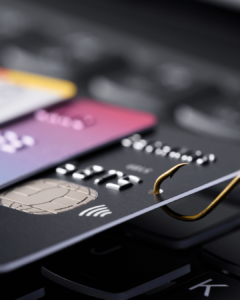Introduction
Both overdraft debt and pay day loan debt can cause significant financial hardship, but which is worse? Understanding the key differences can help individuals make better financial decisions.
Overdraft Debt
Overdrafts are a form of short-term credit offered by banks, but they come with risks, including:
- High interest rates and daily fees that accumulate quickly.
- Automatic renewals that keep customers trapped in a cycle of debt.
- Impact on credit scores if overdrafts are persistently used.
- Potential bank charges for exceeding agreed limits.
Pay Day Loans
Pay day loans are short-term, high-interest loans designed for emergency expenses, but they pose serious financial risks:
- Extremely high APRs, sometimes exceeding 1,000%.
- Short repayment periods that can cause repeat borrowing.
- Negative credit impact if payments are missed.
- Risk of aggressive debt collection practices.
Which Debt Is Worse?
While both overdraft debt and pay day loans have serious consequences, pay day loans are generally considered riskier due to their extreme interest rates and short repayment terms. However, overdraft debt can also become dangerous if it is misused or if fees accumulate over time.
| Factor | Overdraft Debt | Pay Day Loan Debt |
|---|---|---|
| Interest Rates | High but lower than pay day loans | Extremely high APRs |
| Credit Impact | Negative if overused | Severe if unpaid |
| Repayment Terms | Flexible but costly | Short and strict |
Ultimately, both types of debt should be managed carefully, and individuals should explore alternatives such as budgeting, credit counseling, and emergency savings to avoid falling into financial distress.




